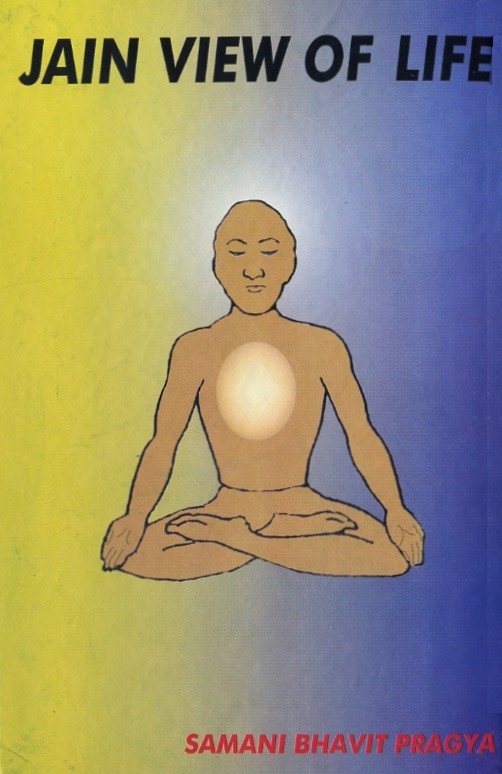Bhujangasana (Snake pose)
Bhujanga is a Sanskrit word used for snake. This asana resembles a snake with its hood raised, hence the name.
Position:
Lie on the chest and stomach. Keep the legs straight and together, with the toes touching the ground and pointing backward. Bending the arms at the elbow, place the palms one foot apart from the chest.
Process:
While inhaling, raise the chest and neck half a foot off the ground. Breathe out through the mouth with a hissing sound. Again, inhaling, raise the body slowly up to the navel. Bend the neck backward as far as possible and look to the sky. Retain the pose for a while. While breathing out with a hissing sound, bring the chest and neck to the original position of lying flat on the stomach. Relax the body.
The second type
Position:
Lie down as before, but place the palms about a half foot apart.
Process:
While inhaling, raise the chest and neck a half foot off the ground. Breathe out through the mouth with a hissing sound. Raise the chest and neck gradually while inhaling through the nostrils. Retain the breath as much as possible. Then make the hissing sound while exhaling, and bring the chest and neck to the ground. Relax the body.
The third type
Position:
Lie down on the chest and stomach. Place palms near chest.
Process:
While inhaling, raise the chest and neck a half foot off the ground. Breathe out through the mouth with a hissing sound. While inhaling, raise the chest and neck gradually. Retain the breath as long as comfortable, and then while hissing, breathe out through the mouth and bring down the chest and neck. Relax the body.
Time:Practice three to five minutes.
Benefits:
It provides energy. It removes abdominal problems and constipation. It also tones up the reproductive system, the spinal cord, liver, kidneys and memory power.
Note:
Bhujangasana must be followed by pashchimottasana (Posterior pose).
 Samani Bhavit Pragya
Samani Bhavit Pragya



